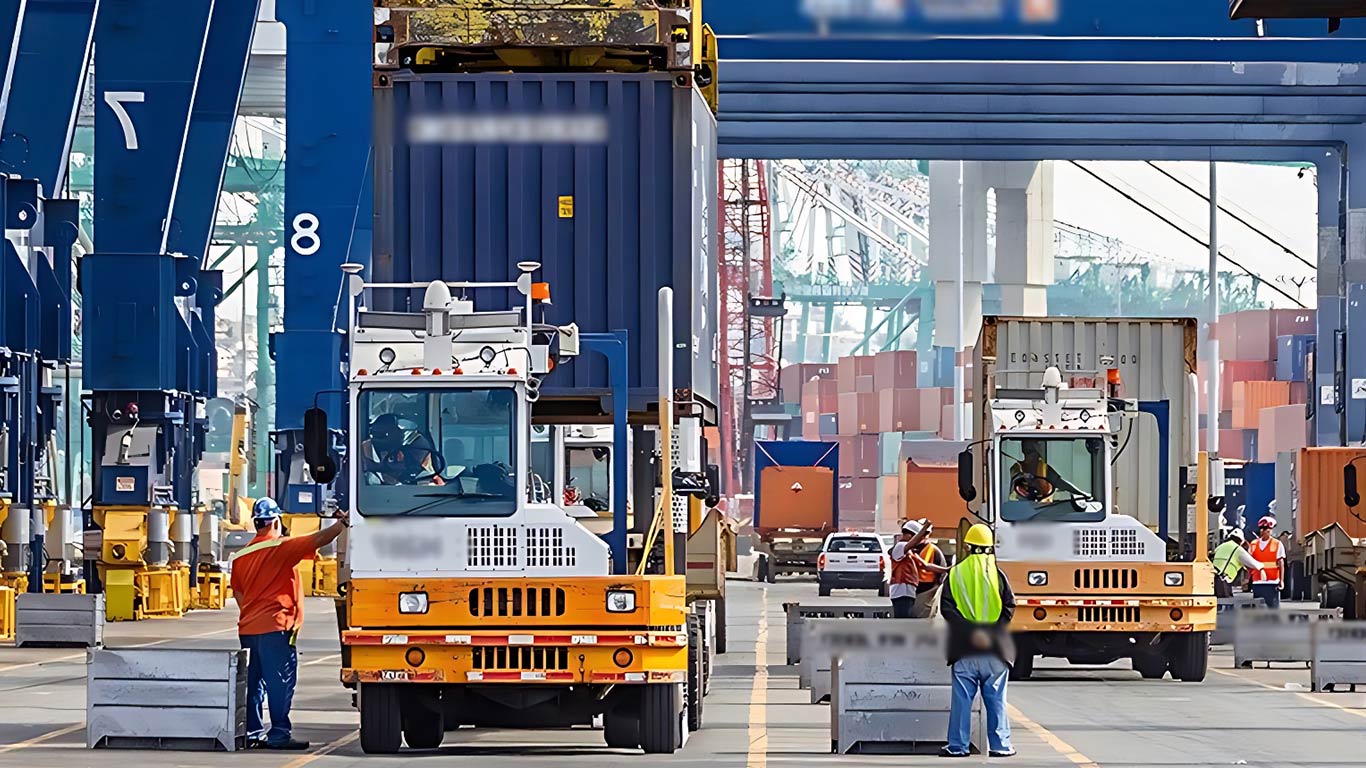India's Labour-Intensive Exports Face Slowdown Despite FTAs, NTBs Blamed: GTRI Report
Updated: Jan 03, 2024 01:52:10pm

India's Labour-Intensive Exports Face Slowdown Despite FTAs, NTBs Blamed: GTRI Report
New Delhi, Jan 3 (KNN) India's textile, garments, gems, and leather exports face a slowdown, despite previous free trade agreements (FTAs), according to a Global Trade Research Initiative (GTRI) report.
The study points to increased market share gained by efficient suppliers from China, Vietnam, and Bangladesh in global trade as a key contributing factor.
The GTRI report identifies non-tariff barriers (NTBs) imposed by consumer nations as a significant hurdle to exports in these sectors.
The think tank urges India to leverage FTAs to eliminate such barriers, focusing on ongoing negotiations.
NTBs, in the form of regulations or quotas, act to restrict imports without the explicit use of tariffs.
The overall decline in goods exports throughout the ongoing financial year is attributed to a demand slowdown in the West, particularly impacting Indian textile and gems and jewellery exports.
Additionally, the property crisis in China has further contributed to the deceleration of Indian exports.
Despite India's recent FTAs with developed nations like the UK, GTRI cautions that the mere signing of an FTA may not lead to an increase in India's labour-intensive goods exports.
The report highlights the example of India's apparel exports to Japan, where the expected boost did not materialise despite both countries agreeing to eliminate duties on all apparel from day one of the India-Japan FTA.
“Competition from more efficient suppliers from China, Vietnam, or Bangladesh could be a reason,” the report said.
Developed nations with high per capita income are noted for their preference for high-fashion branded apparel produced in large units.
While developed countries purchase 70 per cent of apparel from mixed synthetics, India's share in these exports is less than 40 per cent.
On average, India's labour-intensive manufacturing units employ 20 workers, significantly fewer than the 1,000 in China.
Earlier this year, the Federation of Indian Export Organisations (FIEO) expressed concerns about India experiencing a decline in global market share across labour-intensive sectors.
FIEO noted that India's recent export growth can be attributed to a rerouting of crude oil trade routes via India to Europe, cautioning that this phenomenon may not be sustainable in the coming years.
(KNN Bureau)












